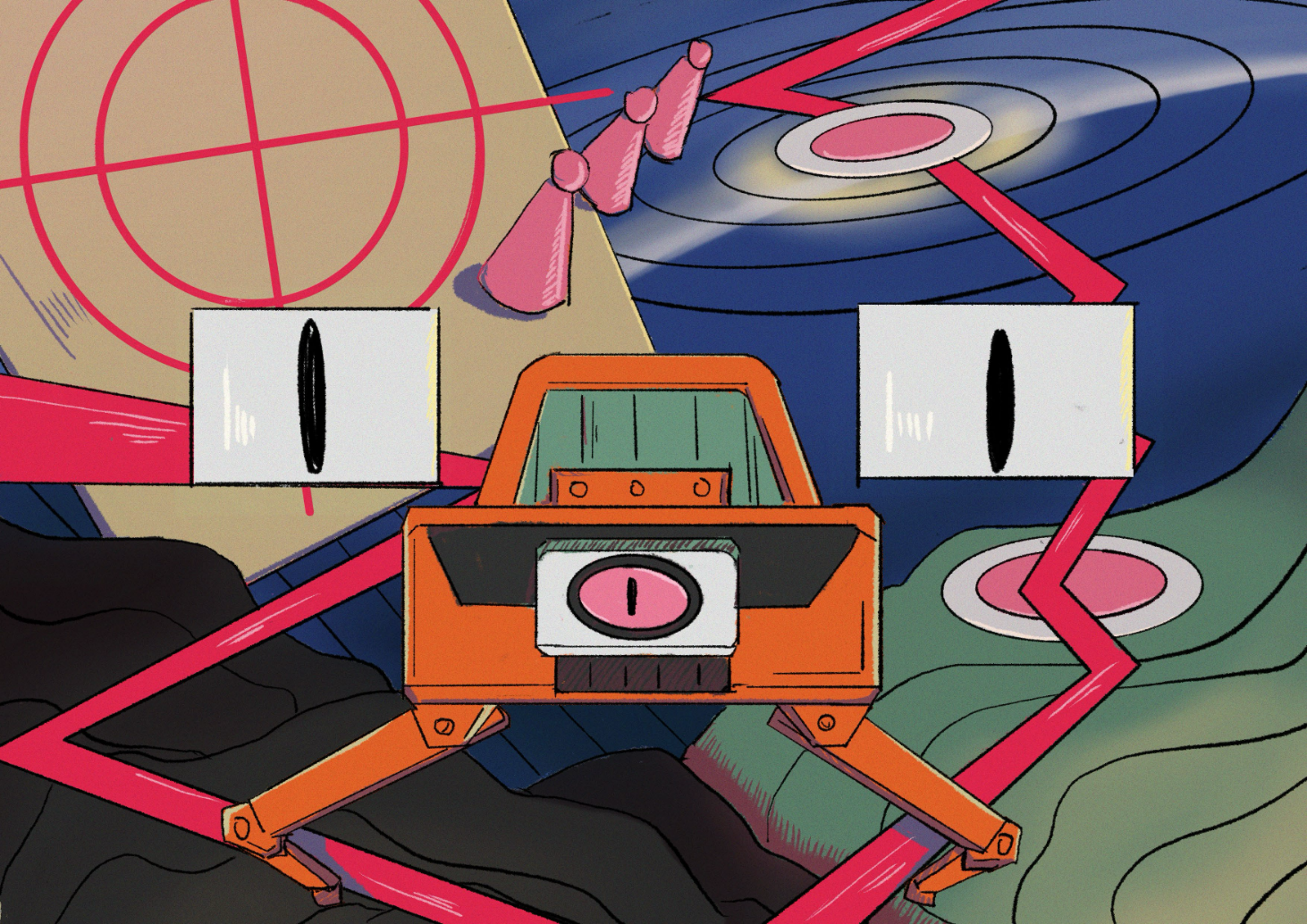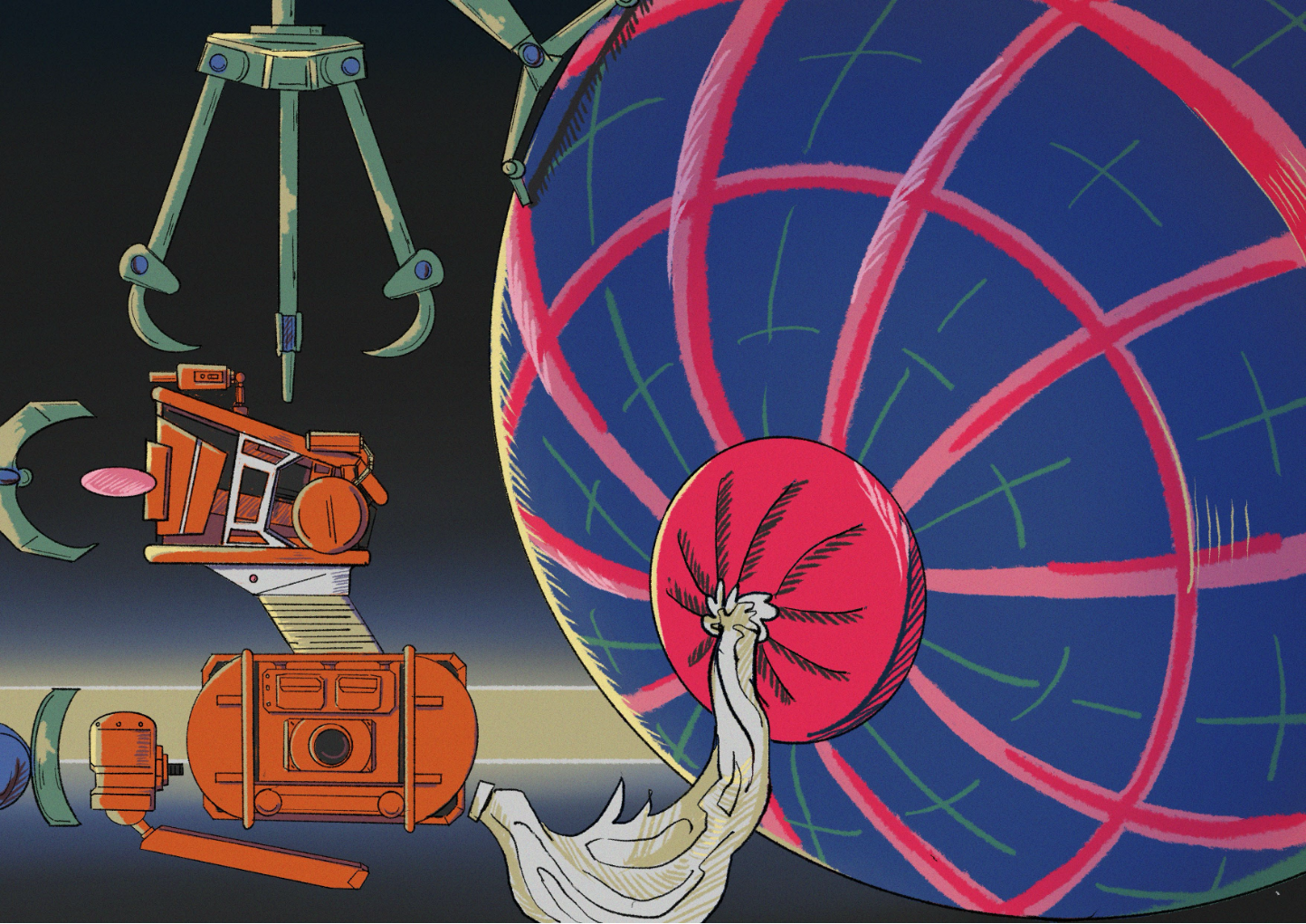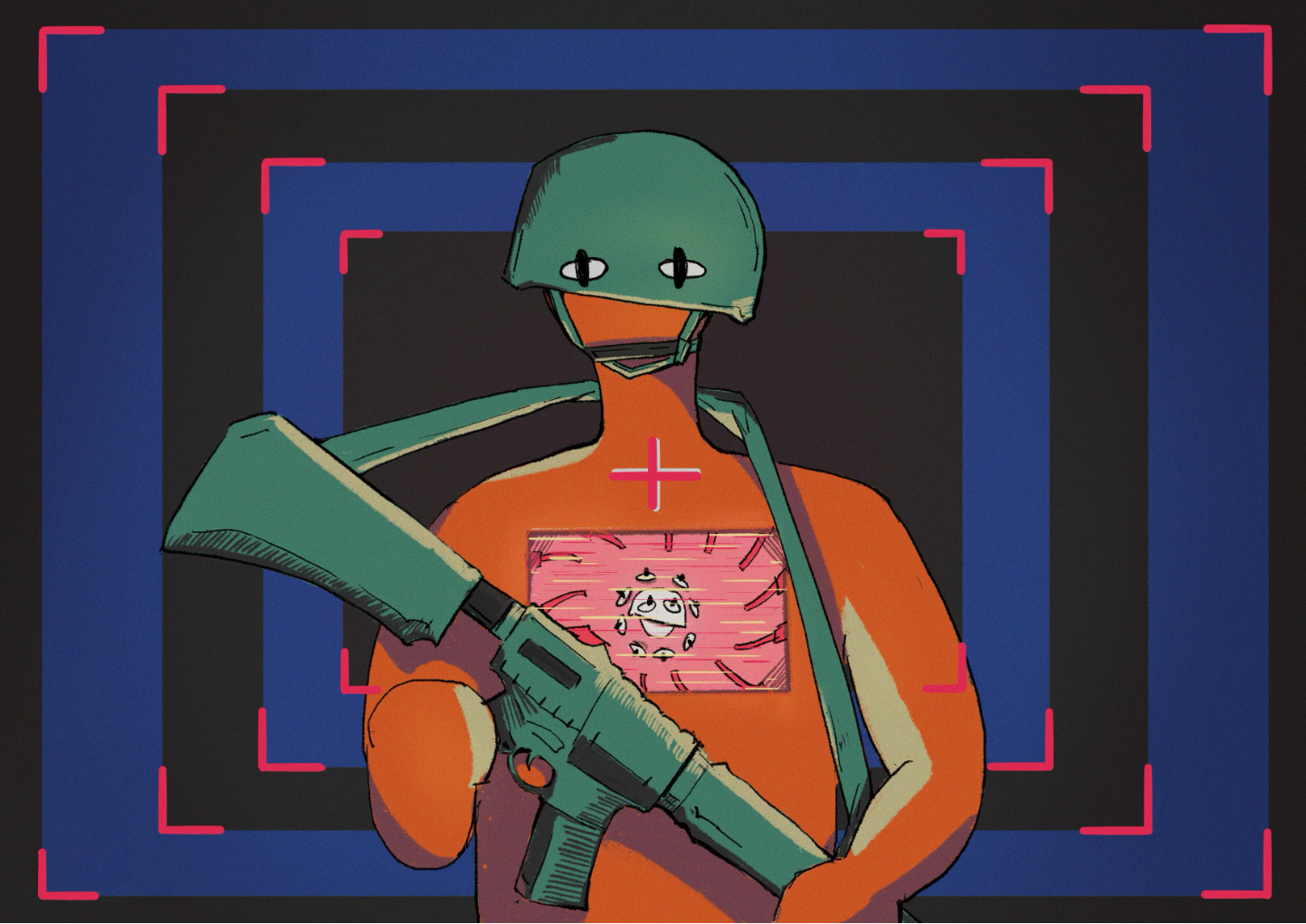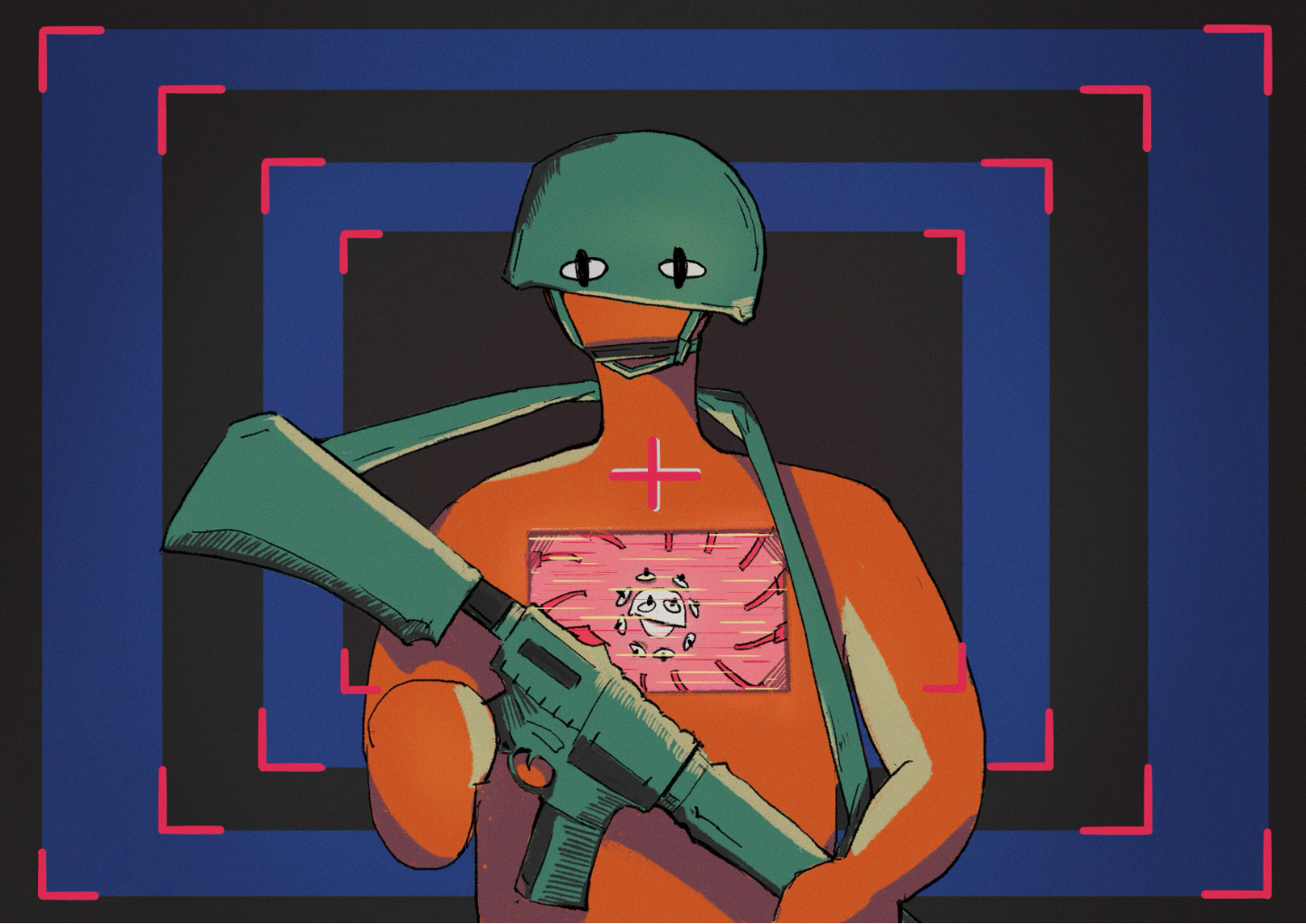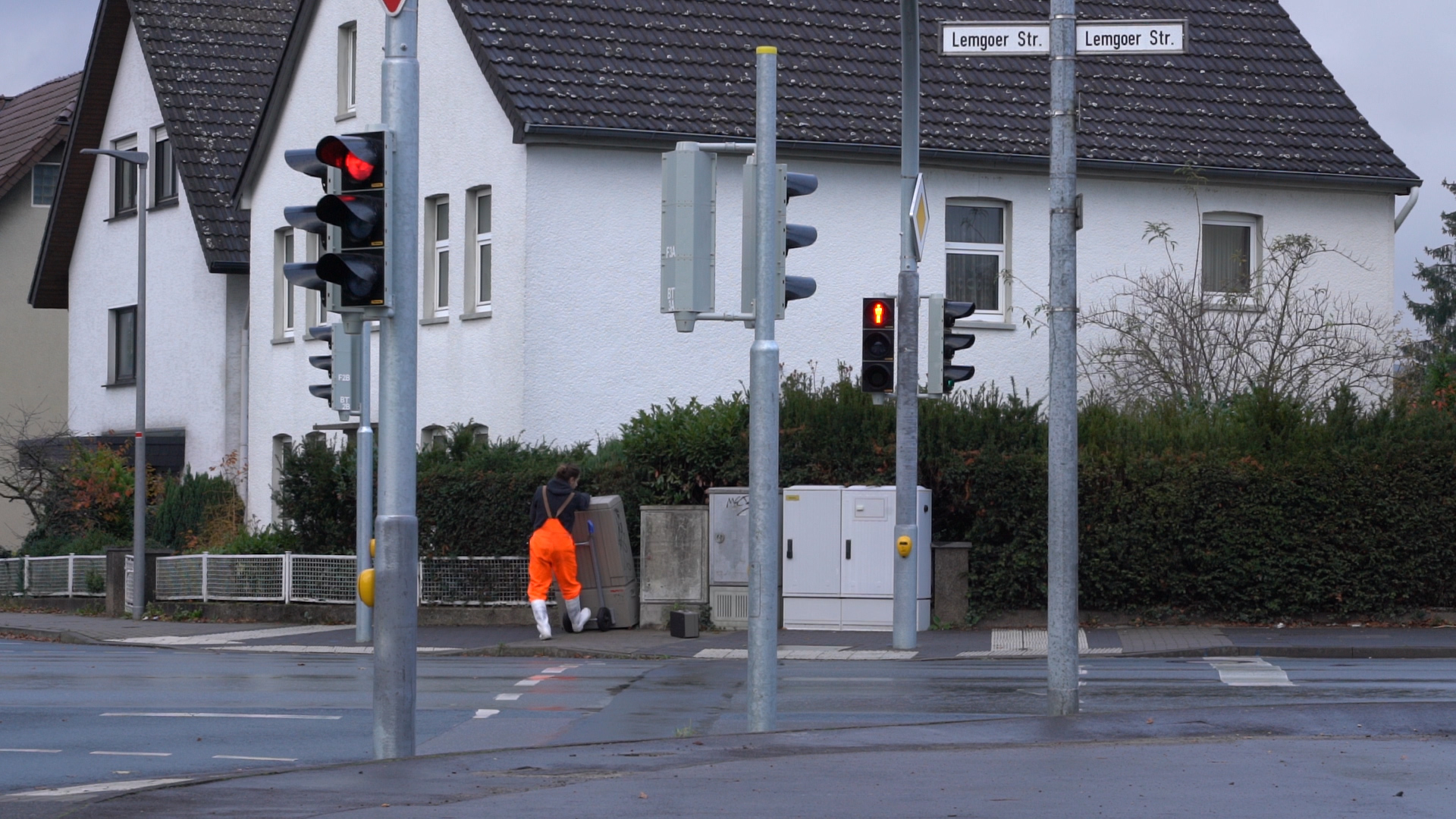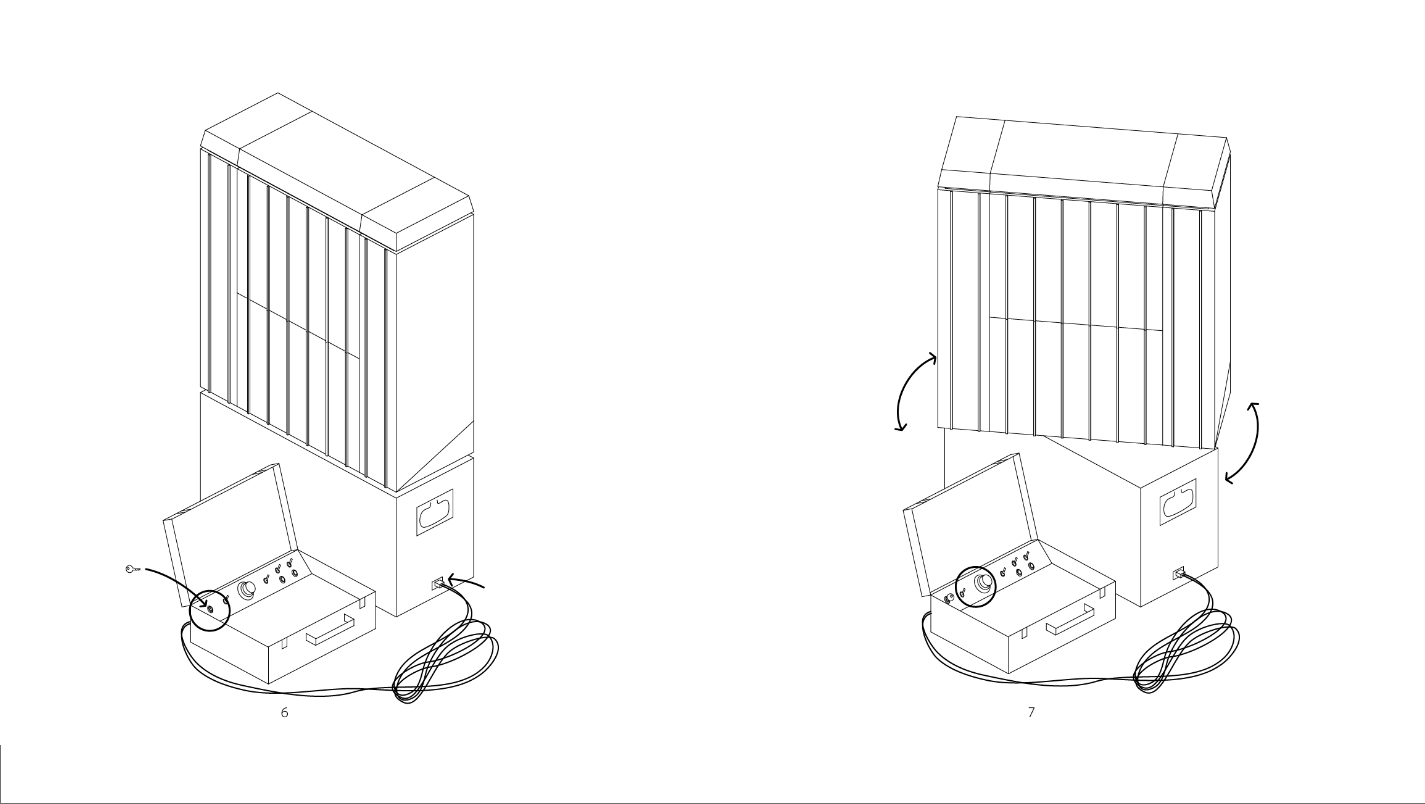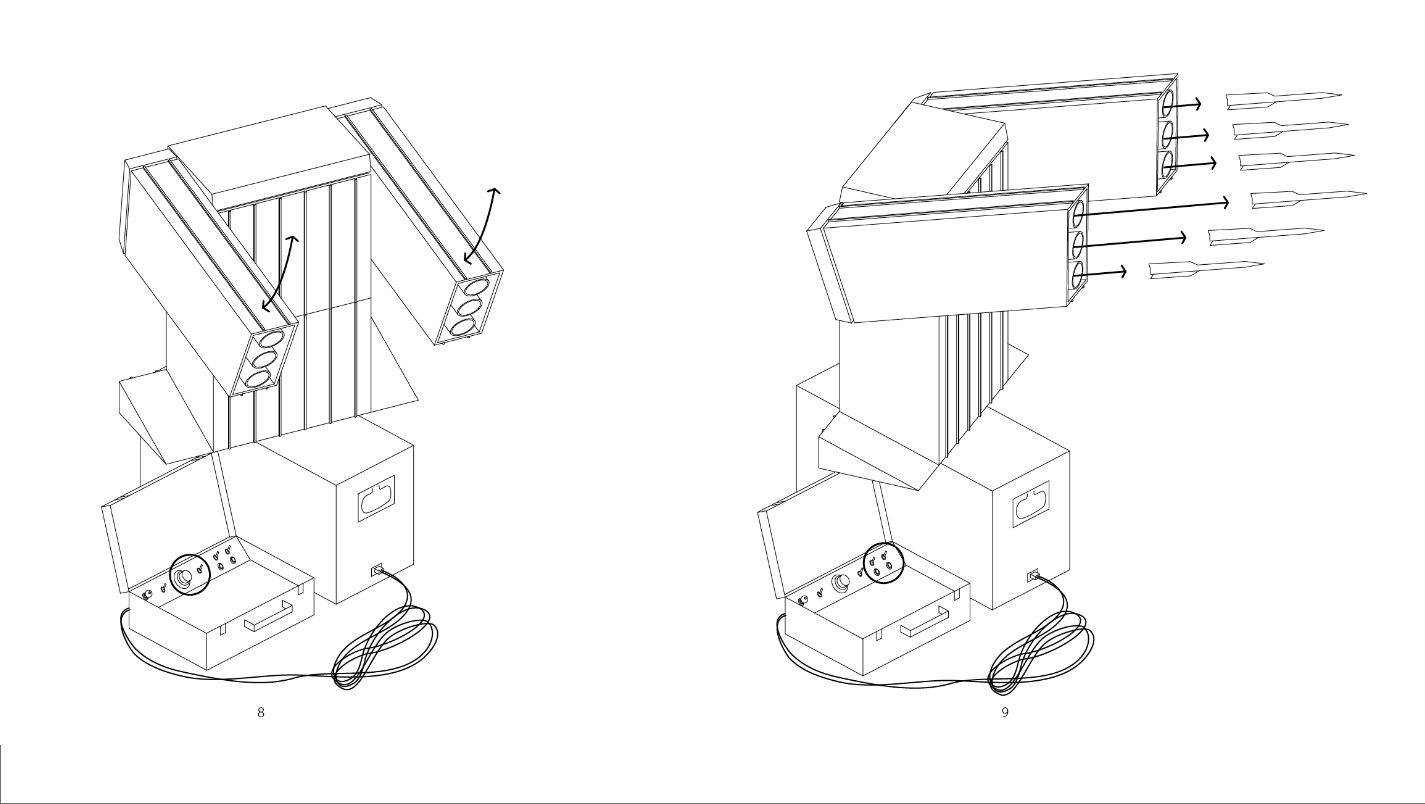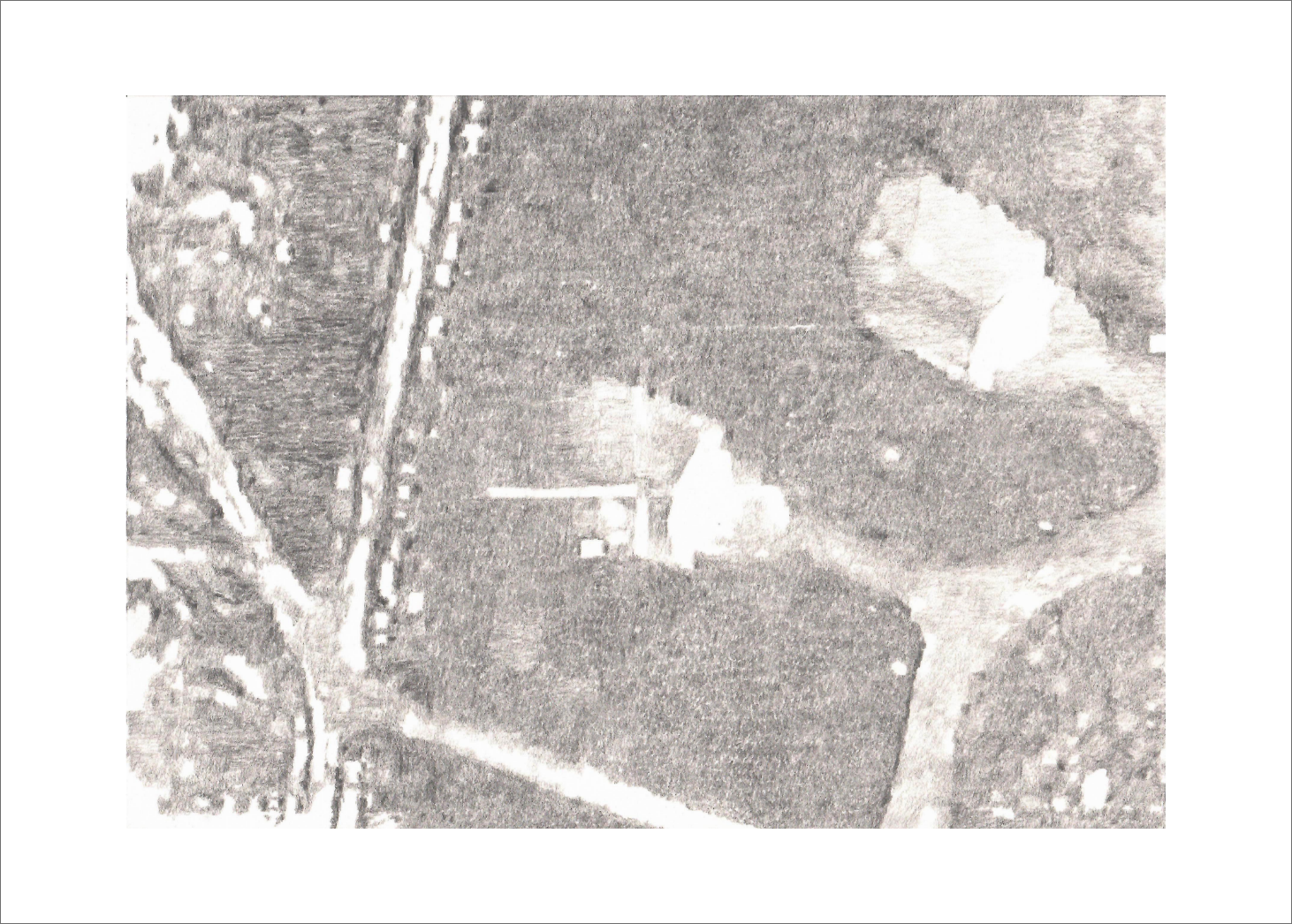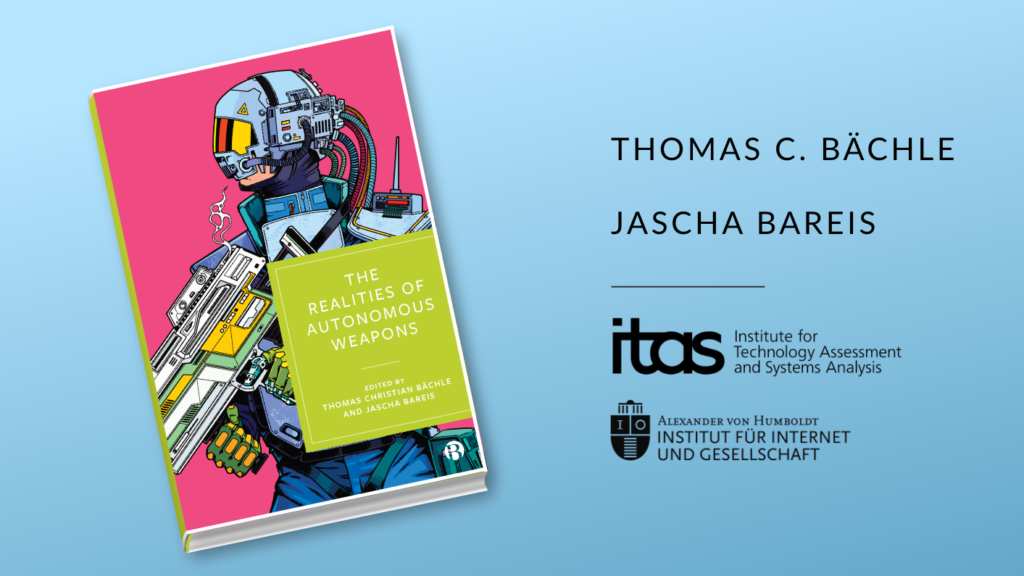
The Realities of Autonomous Weapons
The realities of autonomous weapons are a complex blend of both existing military technologies and visions of their future capabilities. The expected ramifications are profound and always point to the interplay between fact and fiction, actual developments and creative imagination.
This book explores how these realities shape and become themselves shaped by popular culture, regulatory and ethics debates, military doctrines, policies and research. It examines phenomena ranging from film and artistic interpretations to warfare scenarios and weaponized artificial intelligence.
This website features all the book’s contributions. You can access the individual chapters by clicking on one of the three sections. Each section is introduced by an artistic take on the realities of autonomous weapons. At the bottom you can access details on all contributors and links to external resources.
Intended for researchers (including the disciplines of political and social sciences, media, culture and technology), policy makers, educators and journalists, this is a key resource that uncovers how autonomous weapons are constructed as both a technological reality and a futuristic possibility.
The Realities of Autonomous Weapons: Hedging a Hybrid Space of Fact and Fiction
Jascha Bareis & Thomas Christian Bächle
“Autonomous Weapon Systems” (AWS) are a controversial technology, particularly regarding scenarios in which lethal actions no longer necessitate human involvement. The introduction to the volume shows that current debates on AWS mediate between fact and fiction and create a constant and complex dynamic between current developments and their potential futures. This chapter presents six reflections on the practices and discourses that transform AWS into technological, military and political realities.
ARTWORK: The Unreachable Myth: Killing Unknown Victims with Insensible Means by Unidentified Perpetrators for Unapparent Reasons
Jinyu Wang, 2023
A future landscape, situated in 1970s sci-fi art: each illustration sets a story based on different psychological effects mediated through the predictable tech-future humans will face, playing with the borders between real-life situations and possible scenarios.
The AI-Lure of US Airpower: Imaginaries of Disruption in the Pursuit of Technological Superiority Since the Early 20th Century
Jennifer Rooke
This chapter analyzes the sociotechnical imaginaries influencing the US Air Force's (USAF) use of automated pattern and target recognition technologies in intelligence, surveillance and reconnaissance operations. Early airpower advocacy focused on a specific vision of aerial warfare – strategic paralysis – that has shaped enduring technical, political and legal means to achieve air superiority and that remain operative within the USAF’s contemporary visions of warfare.
From Maschinenmensch to Robot Bubs: Female-Presenting Autonomous Weapons Systems in Live-Action Films from 1927-2022
Rebecca L. Jones
The representation of female-presenting autonomous weapon systems in live-action films warn how sentient creations are prone to rebellion when treated as controlled objects. These films present potentialities, acting as fables which reassure when the creations are under full control. They also explore the horror when this control is lost and demonstrate how the female presentation of these autonomous weapon systems speaks to SF film’s trends around femininity and female capability.
Autonomous Weapons in Fiction and the Fiction of Autonomous Weapons
Teresa Heffernan
Language attributing traits such as thinking and autonomy to war machines often relies on literal interpretations of fiction, which fails to account for the global arms trade and the powerful networks driving this technology.This paper argues that literal readings of fiction similarly fail to address the complex topographies of the fiction invoked. From Karel Čapek’s R.U.R. (1920) to James Cameron’s The Terminator (1984), fiction links the fetishisation of technology to profit-driven war science.
From the Reel to the Real: Narratives of Weaponized Artificial Intelligence Technologies in India
Ingvild Bode and Shimona Mohan
Narratives of weaponized Artificial Intelligence featured in popular fiction shape how people make sense of the growing reality of military applications of AI. Analysing novel survey data, this chapter presents how respondents in India share many of the narratives of weaponized AI originating in the Anglophone West but also discusses narratives that are distinct for the Indian context.
Thomas Christian Bächle is Head of the Digital Society Research Programme at the Alexander von Humboldt Institute for Internet and Society (HIIG) in Berlin. He is also senior researcher at the University of Bonn as part of the research network Meaningful Human Control, which studies autonomous weapon systems.
Jascha Bareis is a political scientist who works at the intersection of AI research, political communication and hype studies. He holds a Dr. phil from Karlsruhe Institute of Technology and is a Senior Researcher at the University of Fribourg.
The book is available as an open-access publication and in paperback. You can purchase the print edition directly from the publisher, Bristol University Press, or from any other bookstore.
